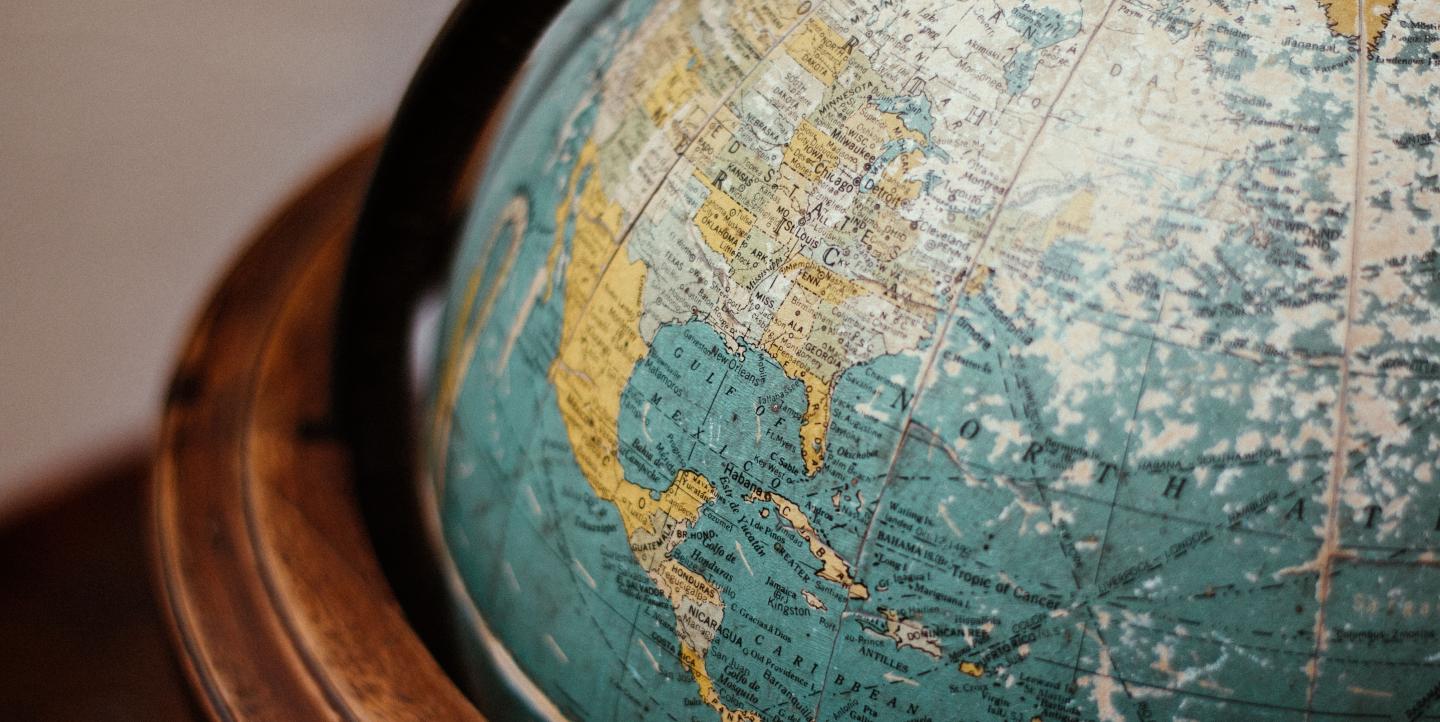As part of the Global Health Crisis Reporting Forum — a project with our parent organization, the International Center for Journalists (ICFJ) — we talked with two experts from the Washington, D.C.-based Migration Policy Institute (MPI). Sarah Pierce is an analyst for MPI’s U.S. immigration policy program. Natalia Banulescu-Bogdan is the associate director of MPI’s international program and a nonresident fellow with MPI Europe. The online discussion and Q&A was moderated by Patrick Butler, ICFJ’s vice president of content and community.
This article is part of our online coverage of reporting on COVID-19. To see more resources, click here.
In the race to slow COVID-19, governments around the globe took aim at migration policies to keep the virus from crossing international borders, when the disease was clustered in just a handful of countries.
Border closures, travel restrictions, and prohibitions on arrivals from certain areas were among leading policy responses in the early days to keep this from becoming a full-blown global pandemic. Yet, can they work in today’s globalized world? Are politicians in some countries using the pandemic to advance migration policy agendas they could not by other means? What migration issues should journalists be looking at in their coverage of this important aspect of the COVID-19?
Here are some of the main points from the webinar:
Pierce and Banulescu-Bogdan voiced concerns about how the pandemic is affecting migrant communities. Among them:
“In the early days, there were miscues. At first countries rushed to use migration management, such as travel bans, to halt the virus’ spread. Today, an estimated 174 countries have implemented COVID-related restrictions on mobility,” said Banulescu-Bogdan.
She pointed out two blind spots or mistakes, as she described them, made during this rush to beat back the threat. The travel ban, she says, was a “piecemeal approach and only one part of the puzzle.”
“It’s impossible to hermetically seal borders in the world we live in today. Borders are porous; closing them does not mean you’re stopping all entry,” Banulescu-Bogdan said. “The restrictions implemented in the early stages of these bans, and even until today, are riddled with exceptions and loopholes.” The virus, she noted, “doesn’t care what passport people hold.”
They also said that building trust is part of the puzzle. “The most important asset, maybe the only asset we have in a public health crisis, is people’s willingness to come forward to openly disclose their symptoms, which they will not do if they fear legal or financial repercussions,” Banulescu-Bogdan said. “Right now, the biggest challenge I see is figuring out how to reach these communities of vulnerable people who have weak trust in public authorities and limited access to health care."
[Read more: 5 tips for reporting on migration in Africa — and around the world]
Is closing borders an effective strategy for stemming spread of the disease if done in conjunction with other methods?
Travel restrictions, said Pierce, can provide a head start. “We can’t insulate ourselves from the virus, but we can give ourselves some time. But, once you buy time, you have to know how to use it. You can’t turn a blind eye to what’s happening inside the country. In the United States and other places, the failure to act aggressively to trace and track outbreaks and to test undermined any efforts we were making.”
Are immigrants, by the type of work many of them do, in the line of fire for contracting coronavirus?
Pierce pointed out immigrants are on the frontlines of the fight against COVID-19. Many of them work in health care, food and delivery services - all important to society during these difficult times. She points out they are making a contribution, often at their own risk.
At the same time, immigrants' personal and professional circumstances might not allow them to social distance, work at home or take a day off without pay, again making them more vulnerable.
[Read more: Resources for covering migration and refugees]
What is the U.S. government doing to help?
The U.S. government’s immigration response has been “uneven,” Pierce said. Officials are continuing enforcement operations while failing to allow immigrants to renew their visas and work authorizations. They are doing little to help dispel fears immigrants have of being arrested, detained or deported.
How can information on COVID-19 reach migrants who have little access to information, especially those in detention or refugee camps?
“Ironically, at a time when we have more information available at our fingertips than ever before, we also face constraints on the flow of high quality information to the people who are most in need,” Banulescu-Bogdan said.
She noted that information getting to people in the camps or detention centers is more restricted than ever. Human rights workers and advocates dealing with this population face a challenge: how to reach out to these communities of vulnerable people who have weak trust in public authorities and limited access to health care.
For instance, public health authorities cite handwashing and social distancing as two main ways to avoid the virus. In the camps, however, neither of these would be easy. “There has been a great effort to persuade governments to increase supplies to this population. The thing we’re all underscoring is that we are only as strong as our most vulnerable groups. There’s no way to build a wall around these communities,” Banulescu-Bogdan said.
The Global Health Crisis Reporting Forum from ICFJ and IJNet connects journalists covering the novel coronavirus pandemic with leading health experts, resources and each other. Learn more and join the Forum through its Facebook group. Journalists can use these insights and quotes in their stories.
Main image CC-licensed by Unsplash via


